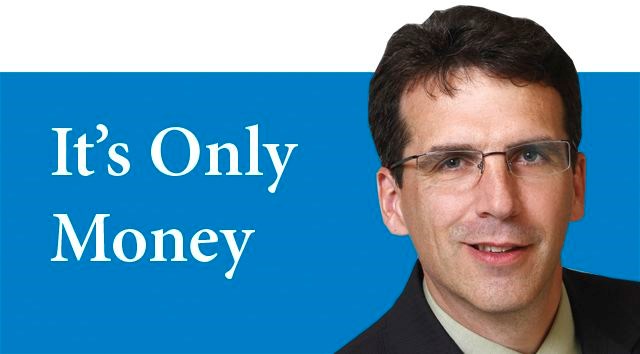Animal spirits is the term economist John Maynard Keynes used to describe the instincts, proclivities and emotions which will take an economy from stagnation to vibration. After a recession, at some point a feeling of near reckless confidence takes over and the thing starts walking and running on its own, unaided by external stimulus.
Policy-driven low interest rates are stimulative to economic growth, so interest rate sensitivity is cooked into the economy.
Gradual change is greatly preferred over sudden, so Bank of Canada officials (and other central banks) are very careful to signal their intentions well in advance of changes in order to allow the thinkers and spenders to digest the news without financial indigestion.
A recent sharp shift in tone from Canadian monetary policymakers had markets pricing in more than 90 per cent odds of a small interest rate hike at the Wednesday policy meeting this week, a marked contrast since early June when almost nobody was expecting a July hike. Rates went up a quarter point, but should they have?
Below, with help from RBC economists, I outline a number of considerations which may have been at play in the decision:
The Canadian economy is strong, and not just recently. Although growth in Canada slowed in 2015 relative to the U.S. and other countries as the oil price shock hit, that followed years of outperformance earlier in the economic recovery. Growth over the last three quarters in Canada has led the G7 once again.
The labour markets look solid. Employment has been growing at a solid pace with gains averaging 29,000 per month over the last year and mostly reflecting full-time job growth.
The unemployment rate, at 6.5 per cent in June, has fallen to well-below its 10-year pre-recession average level, a period over which Bank of Canada estimates suggest the economy was operating fully at its long-run capacity. And no, the unemployment rate drop does not reflect discouraged workers giving up their job search.
Wage growth is showing signs of life.
The soft spot in the labour market data has been weak wage growth, but recent trends have improved. Growth in average hourly earnings from the closely-watched monthly Labour Force Survey has admittedly remained weak, averaging just one per cent year-to-date in 2017, but other measures have shown more strength. Statistics Canada's estimate of average hourly compensation was up 2.5 per cent from a year ago in Q1.
Business investment has started to grow again. The missing piece of the economic growth pie has re-emerged early in 2017.
Business investment jumped by its largest amount in almost five years in the first quarter.
Uncertainty is still high, but the impact is being trumped by rising demand.
The election of U.S. President Donald Trump has upset conventional political norms and put previously unthinkable U.S. policy moves - for example, the possible outright dismantling of NAFTA - in the realm of the plausible if not probable. While this is a legitimate concern, there is mounting evidence that uncertainty about the outlook is being offset by the need to expand capacity to take advantage of stronger demand today.
Low inflation persists. The strongest argument for the bank to remain on the sidelines is the low and falling rate of inflation in Canada. Measures of underlying inflation growth trends in Canada were all 1.5 per cent or less in May, significantly below the bank's two per cent inflation target. As the Bank of Canada has begun to highlight, however, inflation lags economic growth so weak inflation today is more likely to reflect a lack of demand in the past rather than the present.
There are advantages to an earlier, more gradual rate hiking path. The Bank of Canada has long argued that elevated levels of household debt and imbalances in housing markets represent key domestic vulnerabilities.
One of the key risks associated with both of those vulnerabilities is that a faster-than-expected rise in interest rates would sharply increase the cost of servicing high household debt levels. Given that risk, there is clearly an advantage to adopting an earlier and more gradual rate hike path to allow a more gradual adjustment to higher rates in the highly leveraged household sector.
Mark Ryan is an investment advisor with RBC Dominion Securities Inc. (Member-Canadian Investor Protection Fund). This article is for information purposes only. Please consult with a professional advisor before taking any action based on information in this article. Mark can be reached at mark.ryan@rbc.com.



